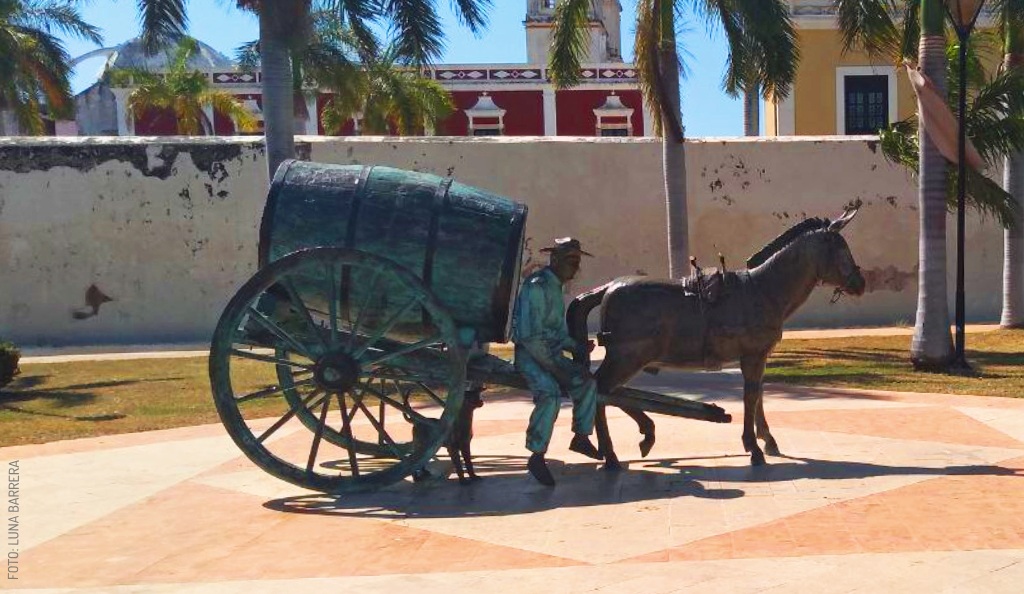
The Royal Road to Campeche, Traveling Before Highways
¿Cómo era viajar antes de las carreteras? El Camino Real a Campeche
The Royal Road to Campeche
Traveling from Mérida to Campeche is easy: go west on Highway 180 and you'll be there in under two hours. You can also go by bus or train, though it takes a bit longer.
That's how it is today. But how was it back in the 1800s, with the Viceroyalty in its final stretch and the country’s independence just around the corner? How did you get from Mérida to Campeche? The answer is relatively simple: you followed the Royal Road and that was it. Depending on whether you were walking, riding a horse, or traveling in a cart, you’d arrive in Campeche four or five days later.
The Royal Road from Mérida to Campeche
At that time, the Royal Road to Campeche was the fastest and safest route to cover the 32 leagues (kilometers were not yet used to measure distances) separating the two cities. It was an irregular road for transporting goods and people. One of the earliest mentions of the road as a communication route dates back to 1588 when a Franciscan friar visited the area on an inspection trip.
Back then, the Royal Road was crucial to the Península’s economy, facilitating the transport of agricultural and livestock products from Mérida and Yucatán’s haciendas and ranches to Campeche, the main regional port of the era.
Modernization of the Mérida-Campeche Royal Road
As with any communication route, improvements were needed over time. Notable upgrades occurred during Governor Lucas de Gálvez’s period at the end of the 18th century when he ordered it to be adapted for carriages and carts.
Decades later, new techniques, such as the Macadam system developed in the United States, were used. This method involved layers of gravel of varying sizes, topped with sand or dust, although in Yucatán, sascab (a type of lime plaster) may have been used. In a way, the Royal Road was the main sacbé (white road) of its time.
What was a "Royal Road"?
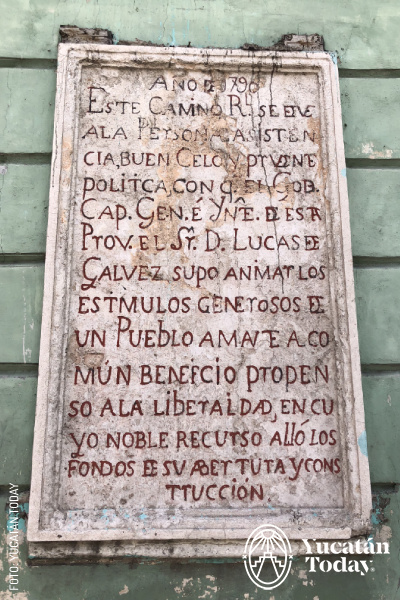
.jpg)
And why “royal”? The term comes from the fact that it was a road sponsored by the Spanish Crown, which controlled the flow of goods and people (and therefore taxes). If we’re talking about royalty, it’s worth noting that Empress Carlota of México (Charlotte of Belgium), wife of Maximilian I, traveled this road in 1865 during her visit to the Península.
But not only goods and celebrities traveled this route; ideas did too, carried by friars and priests from various orders on their mission to spread the Catholic faith in the area.
Of course, it wasn’t the only one; other “royal” roads included México-Veracruz, Acapulco-México, México-Guatemala, and the longest of all, the Royal Road of Tierra Adentro, from México City to Santa Fe (in present-day New Mexico).
Although relatively short (180 kilometers or 111 miles), the Royal Road to Campeche was divided into two sections: the Lower Road, in Campeche; and the Upper Road, which ran from Mérida to Halachó with stops in Umán, Kopomá, Chocholá, and Maxcanú.
Stops along the Mérida-Campeche Royal Road
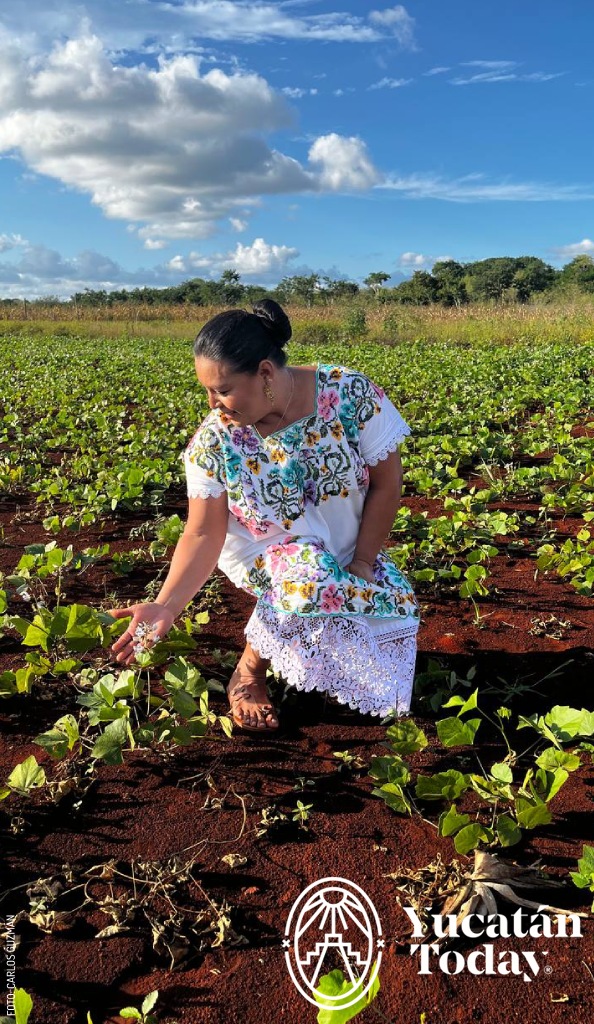 While the Royal Road is no longer in use or existence, you can still follow its trace and explore parts of Yucatán along its route. From the Santiago Barrio, which connected to the old road to Sisal (the closest port to Mérida two centuries ago), head south to leave the city through the San Juan Arch in the eponymous neighborhood. A bit further on, make a wish for a safe journey to Our Lady of Peace and Good Voyage at Ermita (the hermitage) of Saint Elizabeth.
While the Royal Road is no longer in use or existence, you can still follow its trace and explore parts of Yucatán along its route. From the Santiago Barrio, which connected to the old road to Sisal (the closest port to Mérida two centuries ago), head south to leave the city through the San Juan Arch in the eponymous neighborhood. A bit further on, make a wish for a safe journey to Our Lady of Peace and Good Voyage at Ermita (the hermitage) of Saint Elizabeth.
From here, the surprises continue. In Umán, the first stop, admire the former convent and parish of Saint Francis of Assisi, nicknamed “La Inconclusa (The Unfinished)” due to its lack of bell towers.
Further on, in Chocholá, the San Ignacio cenote is a great spot to cool off; when you reach Maxcanú, your options multiply: visit the Jícama Festival in November, explore (and maybe even stay at) nearby haciendas (Santa Rosa de Lima, Chunchucmil, Santo Domingo), check out the Oxkintok archaeological site at the start of the Puuc Route, and finally, buy palm crafts in Halachó.
The road from Mérida to Campeche today
The Royal Road to Campeche remained in use for a long time, until the mid-1970s when a two-lane road was built to bypass towns and reduce travel time. Then, in 2012, the current Mérida-Campeche highway was opened, making the trip possible in under two hours.
Though it no longer exists, the memory of the historic Royal Road to Campeche lives on, bridging the past and present of this Yucatecan region.
Photography by Carlos Guzmán, Luna Barrera and Yucatán Today, for its use in Yucatán Today.
First published in Yucatán Today print and digital magazine no. 441, in August 2024.
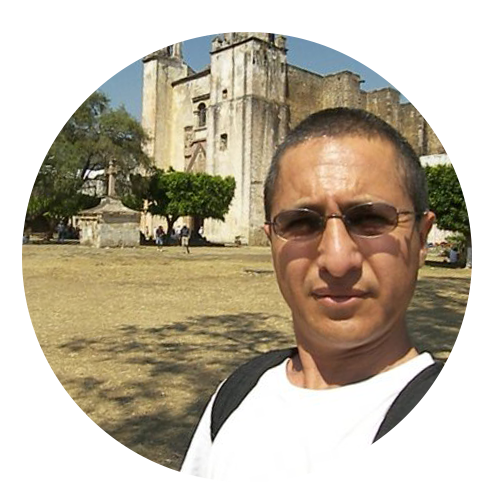
Author: Alberto Chuc
I like to travel through books and in the real world, activities that I combine whenever I can.
In love with Yucatán? Get the best of Yucatán Today delivered to your inbox.
Related articles
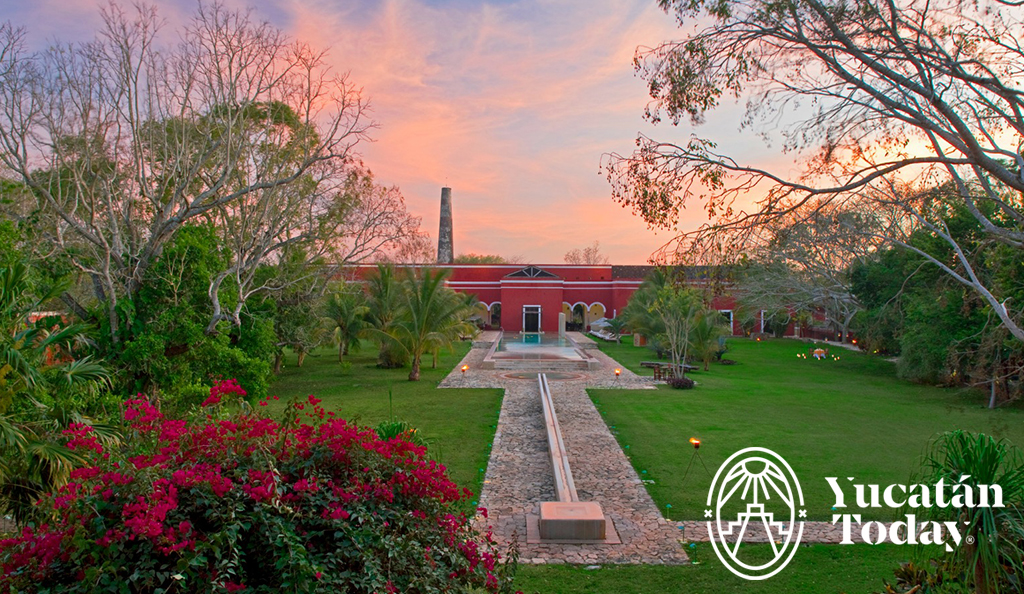
Haciendas Route
Explore the rich history and beauty of Yucatán's iconic haciendas on a captivating journey through stunning architecture.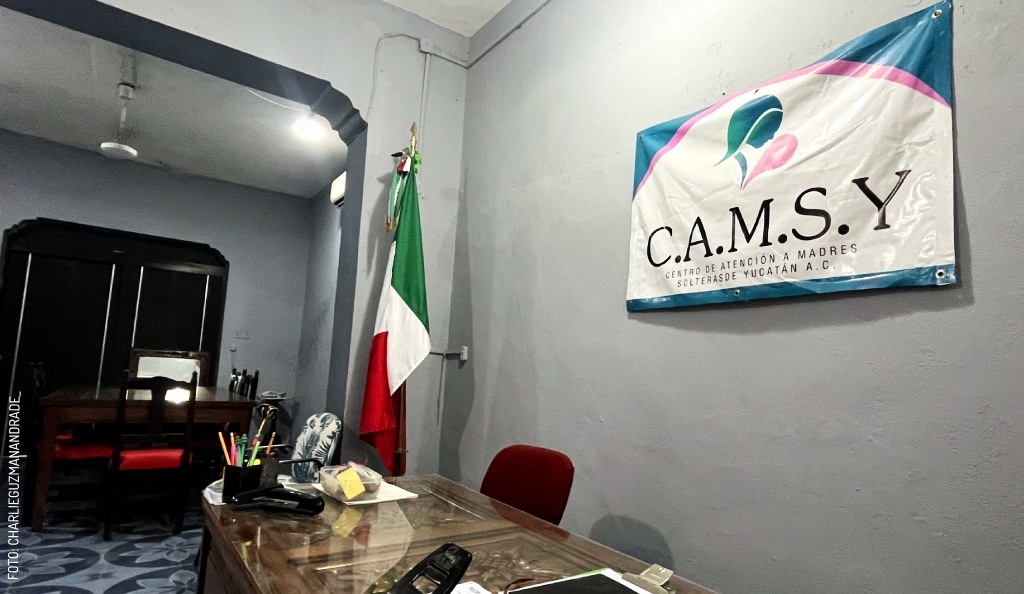
Empowering Single Mothers: The Story of CAMSY in Yucatán
Discover the inspiring story of the Center for Attention to Single Mothers of Yucatan (CAMSY), providing support to mothers and children in the...




